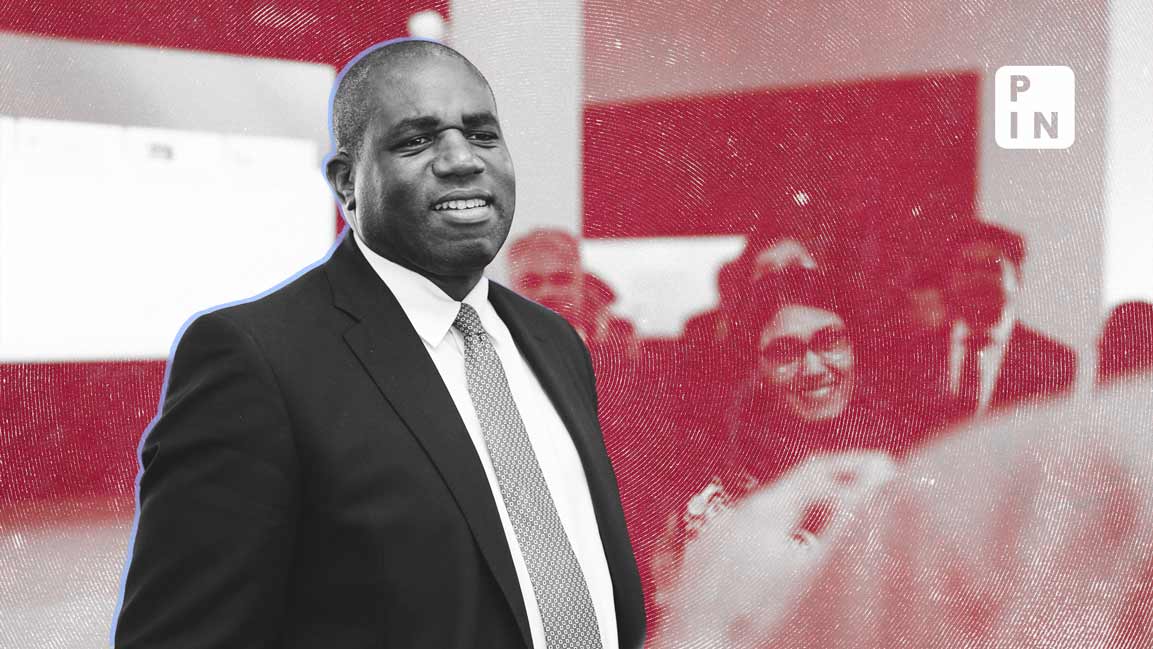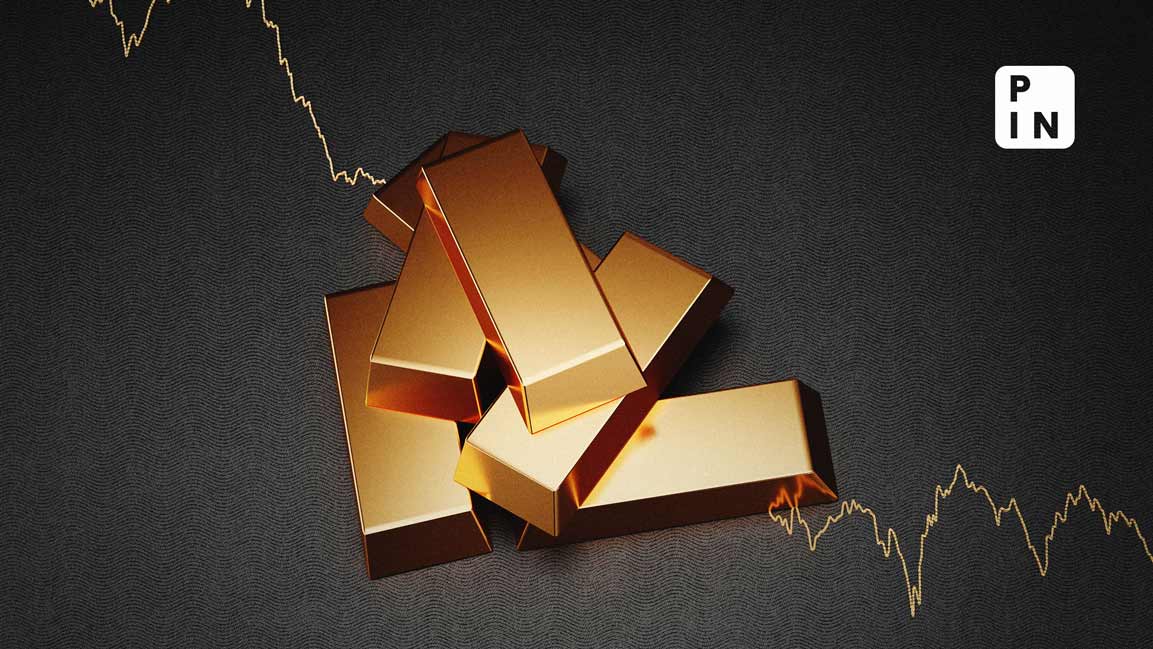- | 2:21 pm
Inflation concerns spike again as Saudi, Russia extend oil supply cuts
India's current account deficit may take a hit in short-term, but slowdowns in Europe, China may sap momentum from rallying crude prices

Extended voluntary oil supply cuts announced this week by top crude producers Saudi Arabia and Russia have raised concerns of a spike in inflation, but recessionary conditions in Europe and the potential of a prolonged slowdown in China may sap the momentum from rallying crude prices.
Saudi Arabia and Russia on Tuesday extended their voluntary crude production cuts to the year end. While the Saudis are cutting production by 1 million barrels per day (bpd), Russia has been taking 300,000 bpd off supply routes. These cuts are on top of the reductions that several OPEC+ producers had agreed to until the end of next year.
“I doubt whether these moves will have much of an impact on the Indian economy as raising oil prices may not be sustainable given the weak economic data coming from Europe and a slowdown in Asian economies,” Sher Mehta, director of macroeconomic intelligence and econometrics at Virtuoso Economics, said.
The growing worries about the inflationary impact of climbing oil prices may force central banks to keep interest rates higher for longer, analysts said.
If central banks keep interest rates higher for longer, it will negatively affect demand, Mehta said, adding that the rally in oil prices may not last long.
The US Federal Reserve has its next meeting scheduled for Wednesday, September 20, when it is largely expected to hold rates steady. The meeting is likely to offer insights into the Fed’s thinking on the likely trajectory it will take in its subsequent November meeting.
Meanwhile, China, Japan, India, and Taiwan are on track to collectively raise imports of Saudi crude by 1.2 million barrels per day, energy market tracker Vortexa analyst Jay Maroo wrote last month. For China and India, growing Saudi crude imports come against the backdrop of Russian crude becoming costlier, squeezing the discounts.
Brent crude futures settled up 56 cents at $90.60 per barrel, while the US West Texas Intermediate crude futures rose 85 cents to $87.54. Both crude benchmarks increased by $1 before paring gains.
Russia’s share in India’s total crude oil imports declined to 34% in August from 42% in July, The Economic Times reported this week, adding that supplies from Moscow fell 23% in August when compared with the previous month.
As Asian countries find Russian oil less attractive, they will likely switch to Brent, which may drive up prices of the benchmark, ANZ Research said.
“The oil market is already showing signs of limited supply, with Saudi Arabia reducing its oil output, and Russia also doing the same. The price of a specific Russian oil, Urals crude, is getting closer to the Brent price, which could make oil even scarcer and dearer,” it said.
India imports 85% of its petroleum needs and spent about $120 billion in FY22 on the import of petroleum products, government trade data showed.
“The recent 25-30% increase in oil prices between March and September seriously affects India’s economic health by creating a bigger current account deficit. This isn’t a small change, especially for a developing country like India,” Gnanasekar Thiagarajan, director at COMMTRENDZ Research, said.
Current account deficit is the difference between the value of imports and exports and it expands when a country spends more on imports than what it earns from exports.
“The surge in oil prices as a result of geopolitical crises poses considerable risks to the Indian economy, which is largely dependent on imports. Supply shortages remain a near-term headwind,” he added.













